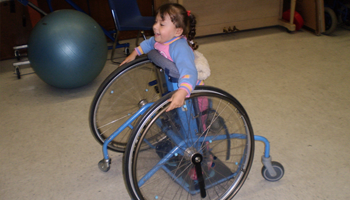
Disability-Specific Information
The following links may be of interest as you search the world wide web for information on inclusive child care and other related topics. Many of the sites listed below are good starting points for additional links. The descriptions come from the sites themselves and are not offered with any official Map to Inclusive Child Care or WestEd endorsement.
Attention Deficit Disorder
The first community app for parents and caregivers of children who learn and think differently. Wunder is the only place where parents can safely connect while being supported by a team of leading experts - all for free.
Autism Spectrum Disorder
Autism Acceptance Month – a shift from the prior messaging of April as Autism Awareness Month reflects the importance of making space for all kinds of minds, including those with autism spectrum disorder (ASD). This article
- We need neurodiverse thinkers in our world.
- There are three defined types of specialist thinking related to ASD: visual thinkers, pattern thinkers, and verbal thinkers.
- Each type has many strengths and adaptable qualities.
Disruptions to our personal and professional lives, schedule changes, and school closings present unique challenges for individuals on the autism spectrum and their families. In these challenging times, we are sensitive to the needs of these individuals and their families. To help, we have compiled these resources aimed at reducing anxiety and restoring a sense of routine during the COVID-19 pandemic.
Resources include recorded webinars on a variety of topics, social stories and video aids.
Providing medical and functional information about a person with ASD to the local 911 dispatch center will enable a dispatcher to alert police, firefighters, EMTs, and paramedics so they could be more prepared when responding to an emergency.

- The Autism Speaks Network
The Autism Speaks Network is a new digital network designed to be the home of premier autism video content online and mobile. The Autism Speaks Network (TASN) is a subsidiary of Autism Speaks and will curate important shows like Autism Live, @AspergerSadie, Kerry's Korner, The Autism Team, The Dr. G Aspie Show and Autism Today TV, and house them in one location for simple and convenient viewing. - Sitio en Español (Site in Spanish)
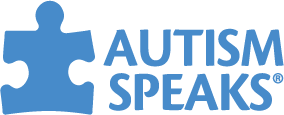
- COVID-19 Resources Jan 2021
- COVID-19 Resources in Other Languages Jan 2021
-
Additional Resources from Autism Speaks
- 100 Day Kit for Kids with Autism Mar 2019
- Early Childcare Provider's Guide to Managing Challenging Behaviors Oct 2018 Autism Speaks has published this toolkit to assist early childcare providers to improve their management of challenging behaviors in the classroom. Although the focus is on children with Autism Spectrum Disorder, the intervention strategies and positive behavioral methods described in the toolkit can be used for any child struggling with attention deficits, intellectual disability, anxiety and delayed social skills.
- Glossary (Check out Autism Spectrum Disorders or Developmental Milestones – Stanley Greenspan)
- Autism Everyday 13 minutes
- Recursos en Español (Resources in Spanish)
- Autism and Health: A Special Report: Advances in Understanding and Treating the Health Conditions that Frequently Accompany Autism (PDF) Published: 2017
- Talking to Parents About Autism (Tool kit and video training)
- Family Support Tool Kit
- Two Words You Should Say to Someone Facing an Autism Diagnosis
- Social Training with Peers Helps Kids with Autism
A newly published study documents the lasting benefits of a program that enlists typically developing kindergarteners and first graders to help teach social skills to classmates who have autism – all in the context of an after-school playgroup.- Play Tips (Video) YouTube | 2:23 minutes In a follow-up to their playgroup study, the Kansas University researchers created "Connecting Kids," a series of child-friendly videos that help typically developing children understand and support friends and classmates who have autism.
- Including Kids with Autism: School Community Tool Kit
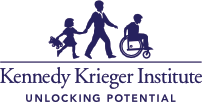
- New Data on Autism Published: April 2018 The incidence of autism in 2018 is 1 in 59.
- Autism
- Signs and Symptons
- Links to Autism Resources
- Learn the Signs Act Early
- Autism Case Training (ACT)
- Autism Case Training Videos

Prevalence
- About 1 in 36 children has been identified with autism spectrum disorder (ASD) according to estimates from CDC’s Autism and Developmental Disabilities Monitoring (ADDM) Network. [Read article]
- ASD is reported to occur in all racial, ethnic, and socioeconomic groups. [Read article]
- ASD is nearly 4 times more common among boys than among girls. [Read article]
- About 1 in 6 (17%) children aged 3–17 years were diagnosed with a developmental disability, as reported by parents, during a study period of 2009-2017. These included autism, attention-deficit/hyperactivity disorder, blindness, and cerebral palsy, among others. [Read summary]

-
Additional Resources from Edutopia
- Helping Students with Autism Transition Into a New School Year In this article a mother reflects on what helped her son with successful transitions to a new class and teacher. She provides common sense suggestions that can contribute to reducing stress and encouraging well-being for both the teacher and student.
- Response to Intervention: Meeting Students at Their Learning Ability Meyer Elementary uses RTI to provide targeted instruction and support to meet students at their learning ability.
- Special Report: Overcoming Autism
- Autism Peer Help (Video)
- Enabling Dreams (Assistive Technology) (Video)
- Introduction to Social-Emotional Learning (Video)
- Fundraising and Grant Resources for Tech Integration
- 5 Educational Resources for Parents and Families
- Free tools and guidelines for Social-emotional learning in after school programs
- Building Social and Emotional Skills in Elementary Students: Passion and Strengths
- Simple Music Integration for Primary Classrooms
- Empathy In the Classroom: Why Should I Care?
- The Long Game: 4 Essentials for a Successful Mindfulness Program
- Social Emotional Learning: A Schoolwide Approach Strategies like mindfulness, emotional regulation, and supportive small groups help Symonds meet the academic and social needs of their students.
- Edutopia’s 2011 Home-to-School Connections Guide This guide highlights solutions for connecting home and school in order to improve student learning and success. Whether you’re a teacher, parent, or district administrator, this guide provides you with relevant and valuable tools and resources for how best to strengthen the bonds between schools, families, and communities for student learning and success.
- Mobile Devices for Learning This guide can help you better understand how mobile gadgets -- cell phones, tablets, and smartphones -- can engage students and change their learning environment.
- Cultivating Parent Engagement (Video)
- Parent Engagement in Education Resource Round up
- The New PE: Special Report: Students Learn That Active Bodies Lead to Active Minds As research linking physical fitness to academic success continues to emerge teachers are coming up with creative ways to keep kids active during teaching time, instead of relying on recess and those ever-dwindling PE hours. Teachers say they find that using movement in the classroom doesn't just get the jitters out, but actually makes for better learning as well, because engaging students' bodies in turn activates their minds.
- Move Your Body, Grow Your Brain
Incorporating exercise and movement throughout the school day makes students less fidgety and more focused on learning. Improving on-task behavior and reducing classroom management challenges are among the most obvious benefits of adding physical activities to your teaching toolkit. As research continues to explore how exercise facilitates the brain's readiness and ability to learn and retain information, we recommend several strategies to use with students and to boost teachers' body and brain health. The article includes the following resources:
- Brain Breaks Physical activity ideas in the classroom from the Michigan Department of Education
- Just Breathe: When Teachers Practice Mindfulness In this Edutopia blog by Elena Auguilar she introduces Meena Srinivasan's new book,Teach, Breathe, Learn: Mindfulness In and Out of the Classroom. She describes it as a resource that "speaks to a yearning I hear across our country: a desire to teach and work in a way that is anchored in joy, emerging from compassion, and that is more humane and slower than the way we work now." This easy-to-read book is a roadmap for this desire. She introduces a variety of mindfulness practices and then offers a wealth of resources for how to integrate these into our lives and classrooms.
- Energy and Calm: Brain Breaks and Focused Attention Practices
- Simple Music Integration for Primary Classrooms The blog describes five easy ways for primary teachers to integrate music into their classrooms. Each activity is specifically designed for individuals of all backgrounds and abilities, and none require musical training or experience. So why use music in your primary classroom? Well-designed music activities can deepen and reinforce knowledge and skill development across a wide range of subjects. Music is engaging, fun, and can motivate even the most detached students.
- Empathy In the Classroom: Why Should I Care?
- The Long Game: 4 Essentials for a Successful Mindfulness Program
- Social Emotional Learning: A Schoolwide Approach Strategies like mindfulness, emotional regulation, and supportive small groups help Symonds meet the academic and social needs of their students.
- Empathy In the Classroom: Why Should I Care?
- The Long Game: 4 Essentials for a Successful Mindfulness Program
- Social Emotional Learning: A Schoolwide Approach Strategies like mindfulness, emotional regulation, and supportive small groups help Symonds meet the academic and social needs of their students.
- Resources on Mindfulness in Education
- Positive Strategies to Avoid Stress, Anxiety and Burnout
- 5 Simple Lessons for Social and Emotional Learning for Adults
- How Emotions Affect Learning, Behaviors and Relationships Bring lessons from the movie "Inside Out" into your classroom
- Islands of Personality and Trains of Thought (Inside Out)
- Autism Spectrum Disorder (ASD) Video Glossary An innovative web-based tool designed to help parents and professionals learn more about the early red flags and diagnostic features of autism spectrum disorders (ASD). Registration with First Signs is required to view the videos
- First Signs Recommended Screening Tools
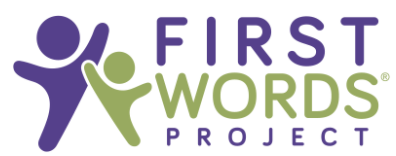
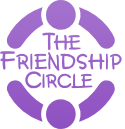
-
Additional Resources from Friendship Circle
- Friendship Circle Blog
- 10 Things You Should Know About Feeding Therapy Whether working with children with special needs such as Autism Spectrum Disorders (ASD), Down syndrome or Sensory Processing Disorder (SPD) or with a child coined the "picky eater" of the family, the ultimate goal of feeding therapy is to establish regular, nutritious family meals that are joyful for the entire family. Here you'll find the top 10 things you should know before starting your family begins feeding therapy.
- 23 Ways to Communicate with a Nonverbal Child People with little or no speech still have the same communication needs as the rest of us. We may just have to work a bit harder to find a communication strategy that works.
- 33 Autism Resources You Need to Read
- 26 Sensory Integration Tools for Meltdown Management
- The Latest Number in Autism is 1 in 45: What Does It Mean?
- The Special Needs Calendar of 2016: A Year of Awareness (Downloadable calendar) (PDF)
- 5 Reasons Speech and Language Therapy is Crucial for a Nonverbal Child
- 4 Tips to Facilitate Friendships in the Inclusive Classroom
- 5 Excellent Storytelling Apps for Kids with Special Needs
- Evidence-Based Practices for Children, Youth, and Young Adults with Autism (PDF) Published: April 2020 Our new report synthesizes intervention research published between 1990 and 2017. The report was published in April 2020. Check out our findings here.
- The Autism Focused Intervention Resources and Modules (AFIRM) are a free online tool designed to ensure that practitioners and families can USE these practices once they are identified through the review. Login or create an account to access this important set of tools.

It is not unusual for children with autism to become fearful and "meltdown" in the Emergency Department (ED) or in other places where they may be overstimulated and stressed. Here is one infographic that uses the acronym SCARED to help inform providers to remember some ways to support children with autism in everyday and disaster emergencies from pediatric ED (Emergency Department) colleagues Don't Forget The Bubbles (DFTB) from the United Kingdom.
SCARED Acronym:
- Safe: Gently lead to a place of safety or lead other people away...
- Calm: Short calming sentences...
- Affirmations: Use kind and positive words...
- Routine: Facilitate stimming and access to routine activities to calm
- Empathy: Be patient and respect the need for space
- Develop a Plan: When it is over develop a plan for the next time
Visit the @DFTB Team's Twitter feed for a large version of the SCARED Acronym Infographic
Over the past decade, many pediatricians have begun screening for autism during well-child checkups. As a result, many young children exhibiting early signs of autism are receiving referrals for appropriate assessment. Those children who eventually receive an autism diagnosis are often prescribed speech and behavior therapy, medical guidance, and other supports that can improve their quality of life and their prognosis. Research has shown that intervening as early as possible is associated with more positive outcomes than treatment later in life or not at all.
This web page explains what screening is, why it is important, common screening tools and ongoing assessment to determine the most effective treatment.
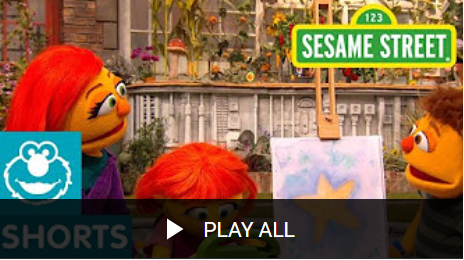
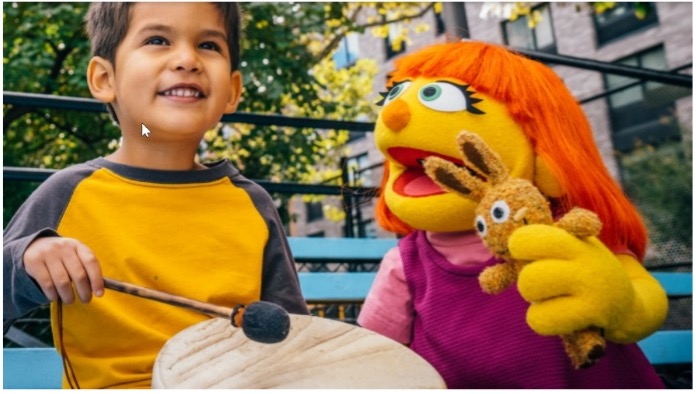
Sesame Street celebrates April Autism Acceptance Month with new resources on belonging and artistic expression.
Wearing masks, interacting on video chats, and adjusting to frequent changes in routines—all can be especially tough for children with autism. Here are resources to help children and families cope with the challenges of living in the time of COVID-19.
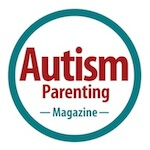
Blind/Visual Impairments

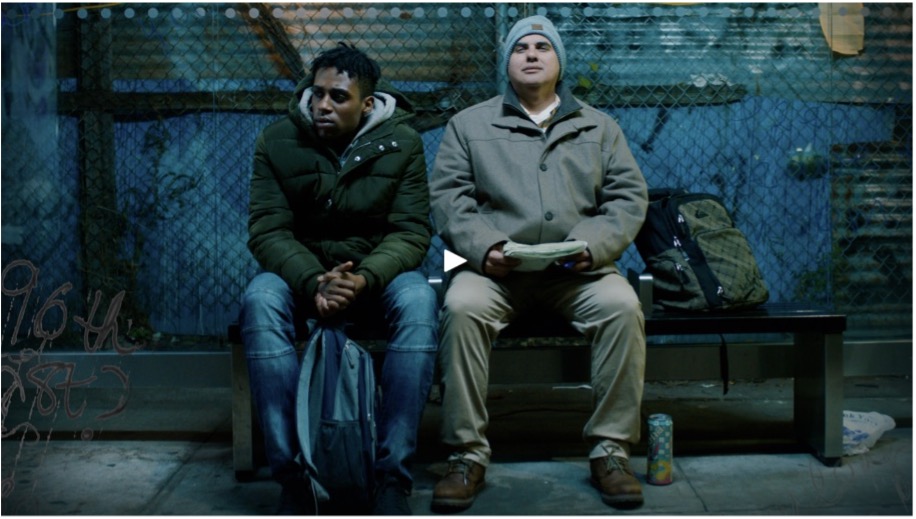
“After a late-night chance encounter with a DeafBlind man on a New York City street, writer/director Doug Roland wrote the award-winning short film, Feeling Through. Doug knew from the start he wanted to cast a DeafBlind actor to star, so he partnered with Helen Keller Services to realize that mission.” This Oscar-nominated, award-winning short film “has connected thousands of people in the DeafBlind, blind, and low-vision communities, and is connecting non-disabled people to the people and missions of those communities.”

Brain Injury
Cerebral Palsy

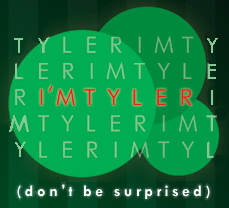

- One–Stop Resources Guides United Cerebral Palsy has developed comprehensive One–Stop Resource Guides that are state–based and can be downloaded for free as Microsoft Word© documents or as PDFs.
- Sitio en Español (Site in Spanish)
Deaf/Hard of Hearing

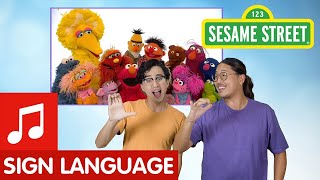
“Get ready! Get Set! It's time to sing your favorite Sesame Street songs, now translated in ASL! ASL means American Sign Language. ASL translation and consultation by The National Theater of the Deaf.”
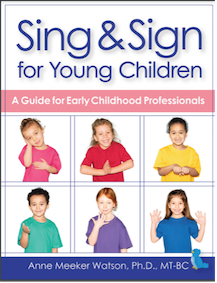
Teaching hearing children to sign is an extension of the types of nonverbal communication they already use to get your attention: facial expression, gesturing, making noise, crawling, toddling toward an object of desire, and more.
What Anne has done with Sing & Sign is nothing short of brilliant. She has joined current research with the wisdom of the ages. The book you are holding combines music, teaching signs, and play to create fun activities that unite adults and children. There could not be a more powerful combination to foster infant learning. Current research tells us that infants have surprising, adult-like capabilities in the way they perceive and attend to musical stimuli. Human beings of any age are rhythmic, social beings with an innate need to communicate and connect. Sing & Sign takes what nature dictates and creates activities that foster the developmental needs of children from 6 months to 5 years old. By pairing music with sign teaching, Anne provides a way to build in repetition and a meaningful context for learning a sign language vocabulary. Becky Bailey, Ph.D.

Rachel Shenton, Maisie Sly and Gilson Sly talk all things The Silent Child on Good Morning Britain. Meet the actors in The Silent Child including the writer and actress and the profoundly deaf child actress and her father.
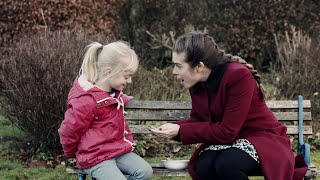
Deafblindness
NCDB is part of a network of projects for children and youth with deafblindness (birth through 21) that includes state deafblind projects in every state, as well as Puerto Rico, the District of Columbia, the Pacific Basin, and the Virgin Islands. We are funded by the U.S. Department of Education.
Our primary mission is to support state deafblind projects as they assist educators, agencies, and organizations to acquire the knowledge and skills needed to help children with deafblindness learn, access the general education curriculum, and successfully transition to adult life.
If you have questions about this site or need assistance finding something, send a message to support@nationaldb.org.
USE OF "DEAFBLIND" VERSUS "DEAF-BLIND"
On October 1, 2023, NCDB changed its name from the National Center on Deaf-Blindness to the National Center on Deafblindness. The use of the term deafblindness, without a hyphen, is accepted usage in both the United States and Europe. It emphasizes that being deafblind is a unique condition and not simply the addition of deafness and blindness.
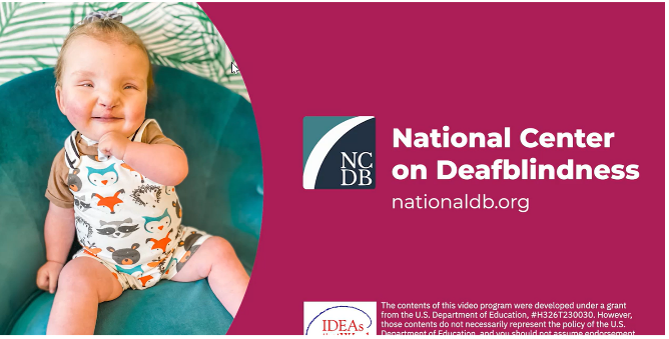
An important part of understanding and gaining practical skills for working with infants and toddlers who are deafblind is understanding parents’ perspectives.
In the short videos in this training module, you’ll hear from Kari Harbath and Madeline Cheney about what it is like to be the mother of a young child who is deafblind. Listen as they share their experiences during the critical years of early intervention and the teamwork that’s involved.
These modules are designed for practitioners who want to improve their knowledge of deafblindness and gain practical information they can put to use right away in the home or classroom.
- Module 1: “The Impact of Deafblindness on Learning and Development" Foundational information that’s essential for working with children who are deafblind (Watch the Module 1 Trailer)
- Module 2: “Early Intervention for Children Who Are Deafblind" Strategies for encouraging communication, concept development, and more for infants and toddlers who are deafblind (Watch the Module 2 Trailer)
User-Friendly Training
Modules in this series were designed to be easily incorporated into a wide variety of in-person or virtual training programs, courses, or events.
Each module includes more than two hours of training, divided into four 30-minute lessons. For ease of use, each lesson is presented in three short video sections and includes additional activities and resources.
Read an overview (PDF) of the series, module topics, and project plans.
Down Syndrome


Each fall, the Down Syndrome Resource Foundation (DSRF) releases a short film on a topic related to Down syndrome. In these films, we share the lived experiences of people with Down syndrome and their families, along with expertise from DSRF’s team of professional Down syndrome specialists.
CrossRoad: Where Down Syndrome Meets Autism (2023) features three families whose child has both Down syndrome and autism. The families open their lives to let us see both the joys and the challenges they experience as they navigate multiple disabilities. DSRF speech therapist Liv Meriano explains the similarities and differences between the two conditions, why it can be difficult to identify autism in a child who has Down syndrome, what to do if you suspect your child might have autism, and how to support a child with Down syndrome and autism.
Down Syndrome: Guidelines for Inclusive Education is the first document of its kind in the United States. The document addresses the education settings that support students with Down syndrome, covering the period from early intervention and primary education through secondary and through higher education, with the primary focus being K-12 students.
Download the publication after completing the informational form.
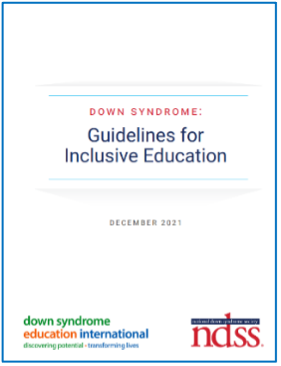
Down Syndrome: Guidelines for Inclusive Education is the first document of its kind in the United States. The document addresses the education settings that support students with Down syndrome, covering the period from early intervention and primary education through secondary and through higher education, with the primary focus being K-12 students.
These guidelines draw on recommendations developed by an expert working group of a United Kingdom All Party Parliamentary Group on Down Syndrome (APPGDS), first published by the APPG in 2012.1 The report is available at: https://go.dselink.net/appg-education-report.
The National Down Syndrome Society (NDSS) and Down Syndrome Education International (DSEI) assembled a working group to adapt the APPGDS recommendations for the U.S. early intervention, preschool and school systems. The Guidelines Working Group includes several members of the NDSS Inclusive Education Task Force, a group of volunteers with a range of expertise and experience, dedicated to improving the lives of individuals with Down syndrome through the promotion of inclusive education.
- Developing and disseminating quality educational materials and programs.
- Initiating and advancing basic, clinical and applied research.
- Shaping and advocating for improved public policy, increased public resources and services for people with Down syndrome.
- Working in partnership with our affiliates and other support organizations.
- Sitio En Español (Site in Spanish)
Dwarfism
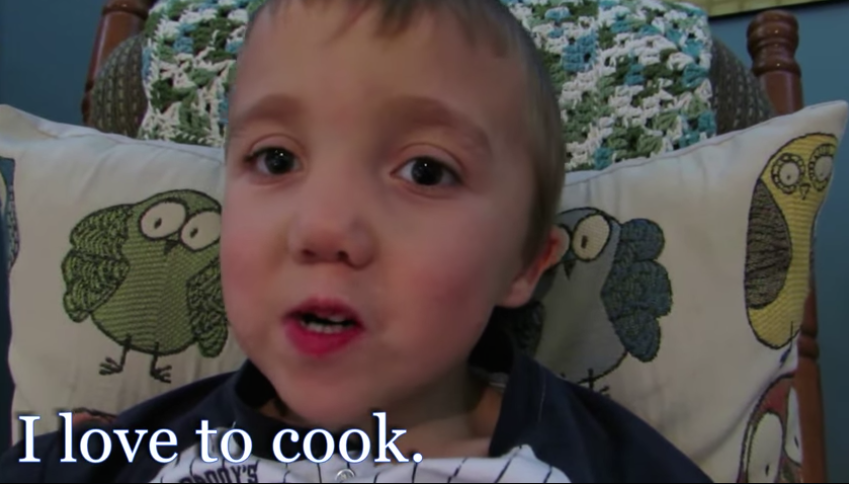
Epilepsy
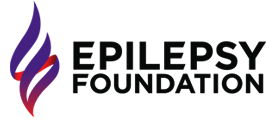
General Disabilities

- Milestone Tracker Mobil App Added: July 2018
- Milestones in Action in Spanish Added: July 2018
- Milestones in Action- A Free library of photos and videos of developmental milestones
- Learn the Signs Act Early
- Learn the Signs Act Early Free Materials
- Information for Early Childhood Educators
- Information for Parents
- Information for Healthcare Providers
- Watch Me! Celebrating Milestones and Sharing Concerns – Training Modules for Early Care and Education Providers
As an early care and education provider, you play a critical role in the health and wellbeing of children. You are also very well positioned to help identify children who might need extra help in their development. This FREE, online training course, Watch Me! Celebrating Milestones and Sharing Concerns, helps you fulfill this role by providing tools and best practices for monitoring the development of children in your care and talking about it with their parents. Continuing Education (CE) credit is available. - Positive Parenting Tips and Disability Specific Information
We naturally think of a child's growth as height and weight, but from birth to 5 years, your child should reach milestones in how he plays, learns, speaks and acts. A delay in any of these areas could be a sign of a developmental problem, even autism. The good news is, the earlier it's recognized the more you can do to help your child reach her full potential.
- Free Materials
Order, download, and print fact sheets, milestone checklist, posters, a growth chart, and more. - CDC Milestone Tracker App
- Information for Early Childhood Educators (PDF)
- CDC Overview and Fact Sheet on Developmental Screening and Monitoring
- CDC Autism Spectrum Disorders Screening Recommendations for Health Providers
Intellectual Disability
Learning Disabilities

- The LD Checklist: Recognize and Respond Jan 2021
“Most preschoolers and school-age children struggle with learning and behavior now and then. But what if the difficulty persists? Sometimes, that signals a learning disability (LD). Use this interactive tool to detect potential signs of LDs or an attention issue in your child or student. Then use the resources provided to learn more.
This tool can’t diagnose LDs or prescribe treatment. But it can help you understand signs of LDs and decide what to do next. As you use the tool, think about the person’s behavior over the past six months or more. When you’re done, you can bring any concerns to school personnel or other professionals. They can help you decide whether to look into screening or evaluation.”
Mental Health
- What to Do (and Not to Do) When Children are Anxious When children are chronically anxious, even the most well-meaning parents can fall into a negative cycle and, not wanting a child to suffer, actually exacerbate the youngster’s anxiety. It happens when parents, anticipating a child’s fears, try to protect her from them. Here are pointers for helping children escape the cycle of anxiety.
- How Mindfulness Can Help Caregivers
- Tools & Resources
- Anxiety and Mindfulness
- 2016 Children’s Mental Health Report
- More resources under Emotional Disturbance
- Sitio En Español (Site in Spanish)
Prader Willi Syndrome
- PWS Message of Hope (Video), Aug 2018
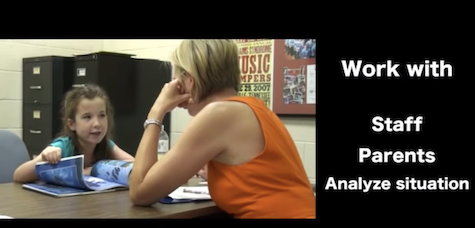
Speech and Hearing
- Does My Child Have Physical Developmental Delays? Oct 2018 This publication from the National Center on Parent, Family and Community Engagement explores how understanding the cultural perspectives of families can positively impact relationship-building and family engagement efforts. The publication includes a set of reflective questions that help you to examine your perspective on a topic and a family’s perspective.
- How to Raise Concerns about a Child’s Speech and Language Development: Do’s and Don’ts
Healthy Children.org, sponsored by the American Academy of Pediatrics, provides some do’s and don’ts for talking respectfully and productively about a potential communication delay. - Spanish Translation: HealthyChildren.org
- 2016 Better Hearing and Speech Month Recorded Webinars
Includes webinars on hearing and screening practices, augmentative and alternative communication and use of assistive technology for children 0-5.
Children with hearing loss, including individuals with a cochlear implant, can also benefit from exposure to music, both as an enjoyable activity and a means for improving their speech and language skills. This article describes various types of hearing loss, how music can benefit hearing loss, how parents can include music in speech therapy and at home music activities for children with speech and language delays.